Modernising Overseas Voting for El Salvador
1. Background
When El Salvador’s Tribunal Supremo Electoral released an RFP for an Internet-voting system that would serve citizens living abroad, a multinational consortium invited us to steer product management for the bid. Over a four-month engagement we acted as the connective tissue between technology providers on twocontinents, local partners in San Salvador, and government stakeholders evaluating the offer.
2. The Challenge
- Two voting contexts, one platform. The solution had to support secure “vote-from-home” ballots as well as supervised voting in consulates.
- Regulatory nuance. El Salvador’s legal framework for remote voting was still evolving; every feature had to map cleanly to draft regulations and local data-protection laws.
- Cross-cultural rhythm. Partners worked across six time zones and different languages; mis-alignment risked costly delays.
3. Our Role
| Focus | What We Did |
|---|---|
| Product Guidance | Defined the end-to-end voter journey, clarified security controls for authentication/anonymisation, and prioritised roadmap items so the final product matched electoral timelines. |
| Stakeholder Alignment | Led on-site demos and presentations in San Salvador, translating technical jargon into outcomes that resonated with stakeholders. |
| Proposal Engineering | Worked on a collaborative writing process—legal, commercial, and technical sections—delivering a compliant, bilingual submission ahead of schedule. |
| Regional Insight | Bridged cultural and political expectations and surfaced local integration partners for connectivity and logistics. |
4. Impact
- Sharper value narrative. A local partner initially underestimated the real-world complexity of biometric authentication and the layered cryptographic safeguards required for secure Internet voting. Our deep-dive sessions clarified these challenges and demonstrated how the proposed architecture addressed them end-to-end.
- Broader stakeholder confidence. After a series of tailored presentations and live demos, multiple decision-makers — from technical advisors to operational leads — were persuaded that the consortium’s approach offered the most robust fit for the project’s goals and constraints.
- Proposal completeness. Our structured, collaborative drafting process delivered a submission that was both comprehensive and internally consistent, enabling the consortium to present a unified, fully documented solution without last-minute patch-ups.
“Plus 351 connected technical depth with cultural fluency—helping us speak the client’s language, literally and figuratively.”
5. Key Takeaways
- Articulate the ‘why’, not just the ‘how’. Clear explanations of voter-centric benefits neutralise cost concerns around advanced security components.
- Local nuance is non-negotiable. Even the best global platform needs tailoring to regulatory detail and cultural expectations.
- Collaboration ≠ chaos. A disciplined, transparent proposal process turns multi-partner complexity into a competitive edge.
Want to see how Plus 351 can strengthen your next public tender?
Let’s talk.


